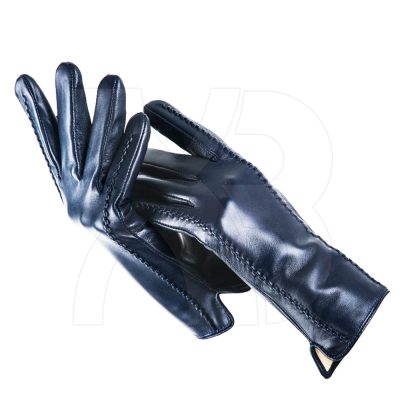1. Industrial gloves should be carefully selected after clearing the environmental risk factors. For example, acid and alkali-resistant gloves are resistant to strong acid or alkali, and gloves that are resistant to low-concentration acid or low-concentration alkali cannot be used for low-concentration acid or low-concentration alkali resistance. Touch strong acids or bases to prevent accidents.
2. Waterproof, acid and alkali resistant gloves should be carefully inspected before use to check whether the appearance is damaged. The easiest way is to blow air into the gloves, tighten the sleeves with your hands, and check for air leakage.
3. The electrical insulation function of industrial gloves should be regularly inspected, and those that do not meet the rules cannot be used.
4. Protective gloves made of rubber, plastic and other raw materials should be washed clean and dried after use. Avoid high temperature during storage, and sprinkle talcum powder on the products to prevent sticking.
5. When touching strong oxidizing acids such as nitric acid, chromic acid, etc., the protective gloves will become brittle, discolored, and damaged in the early stage due to strong oxidation, so you should pay attention to investigation.
6. Latex industrial gloves are only suitable for weak, low-concentration sulfuric acid, hydrochloric acid and various salts. Do not touch strong oxidizing acids (nitric acid, etc.).



















